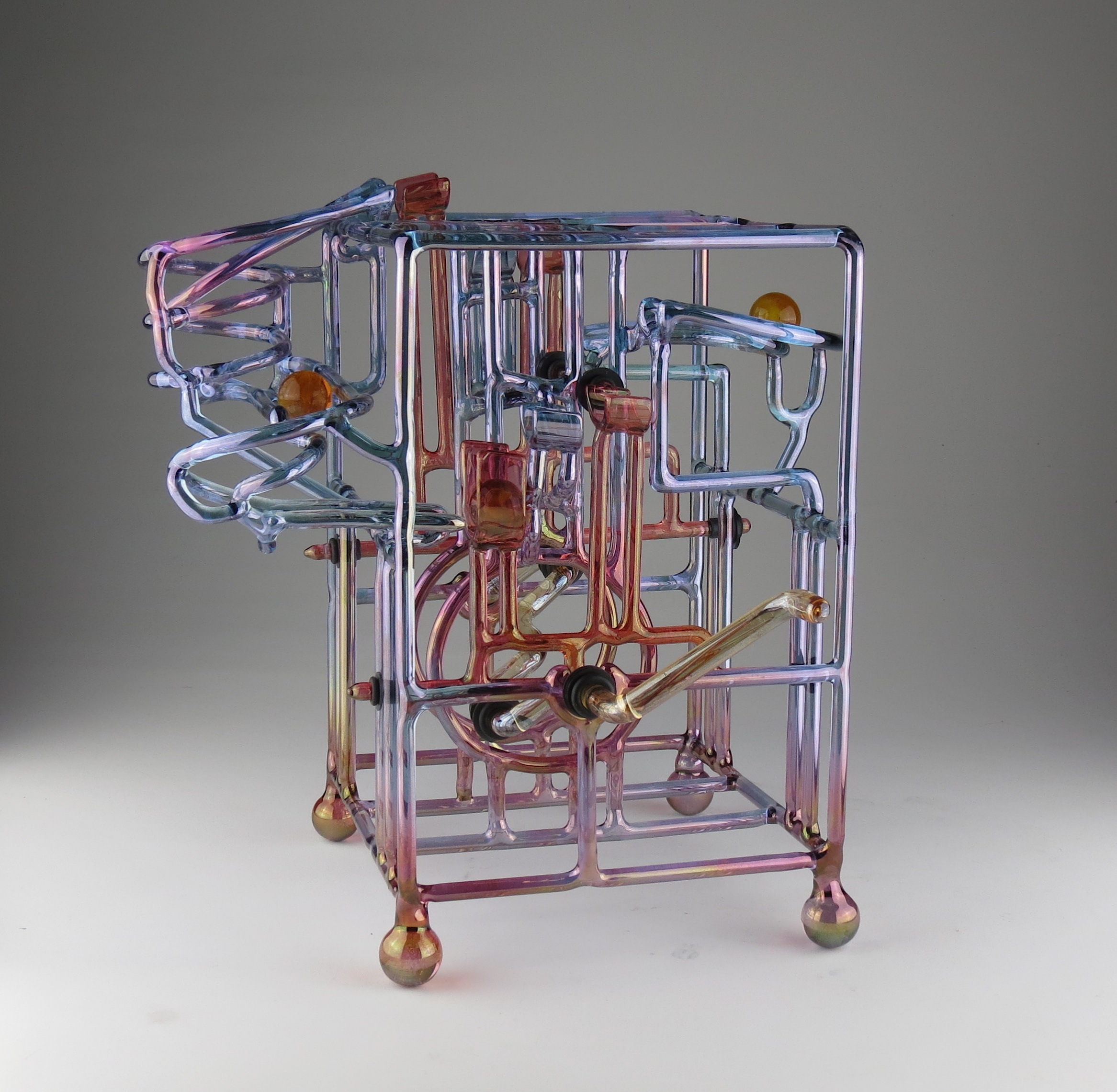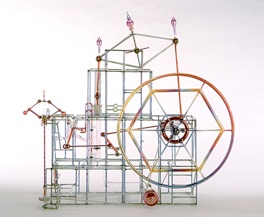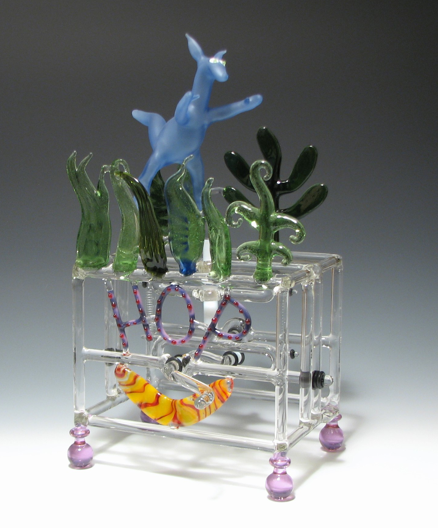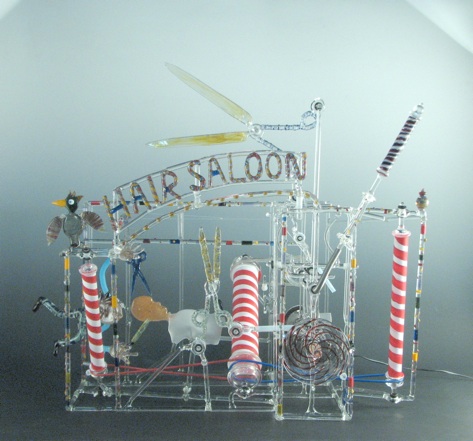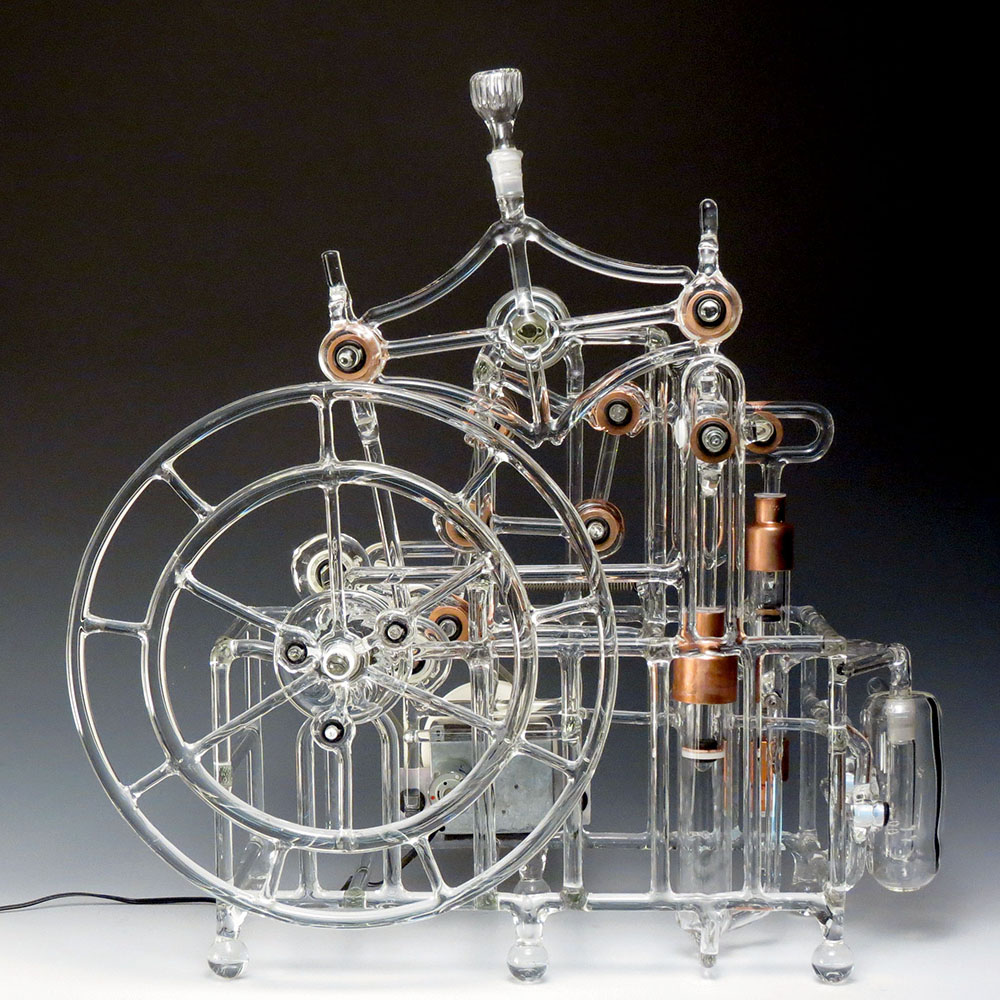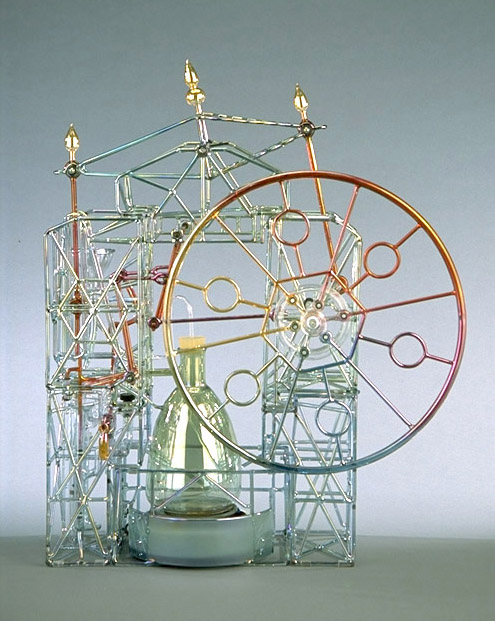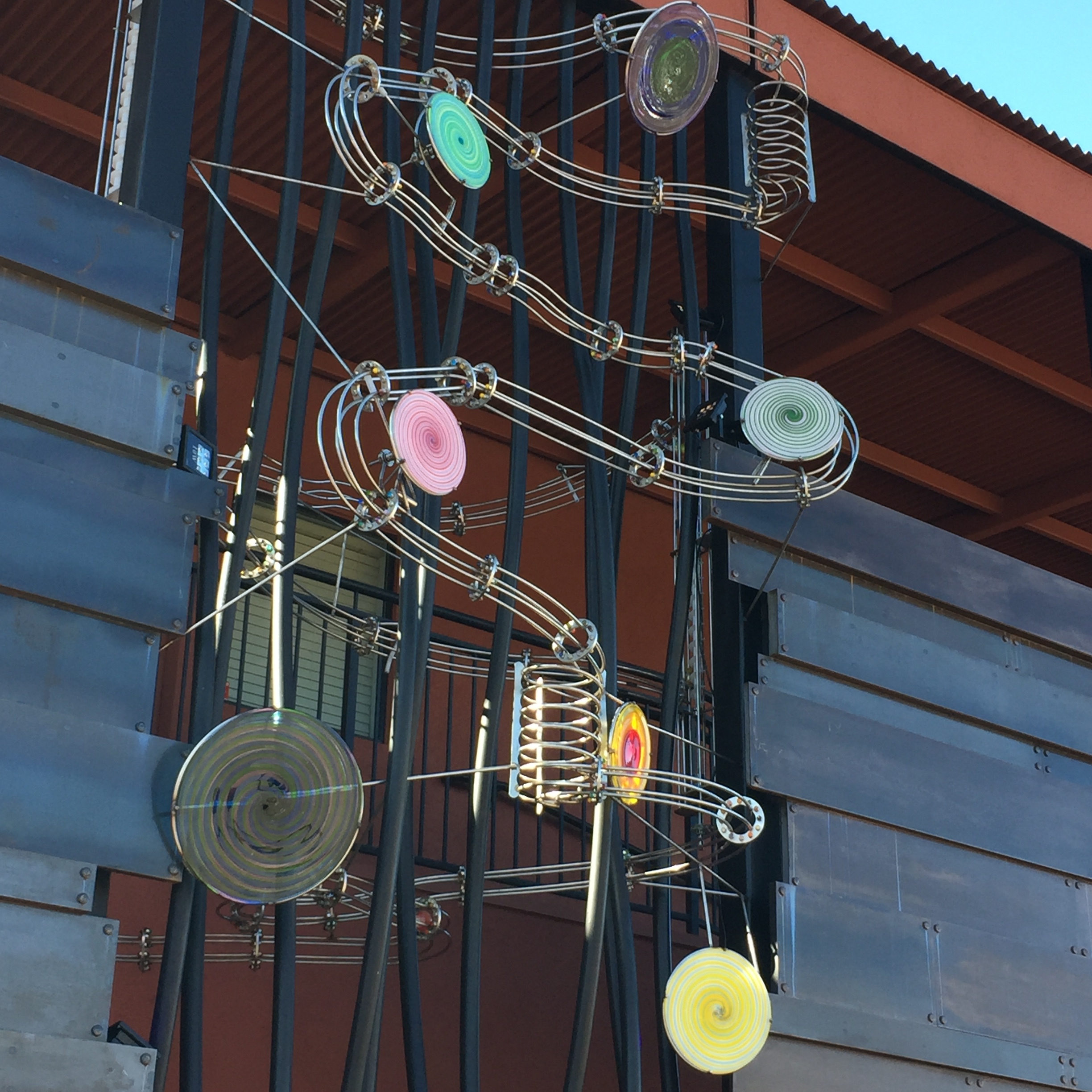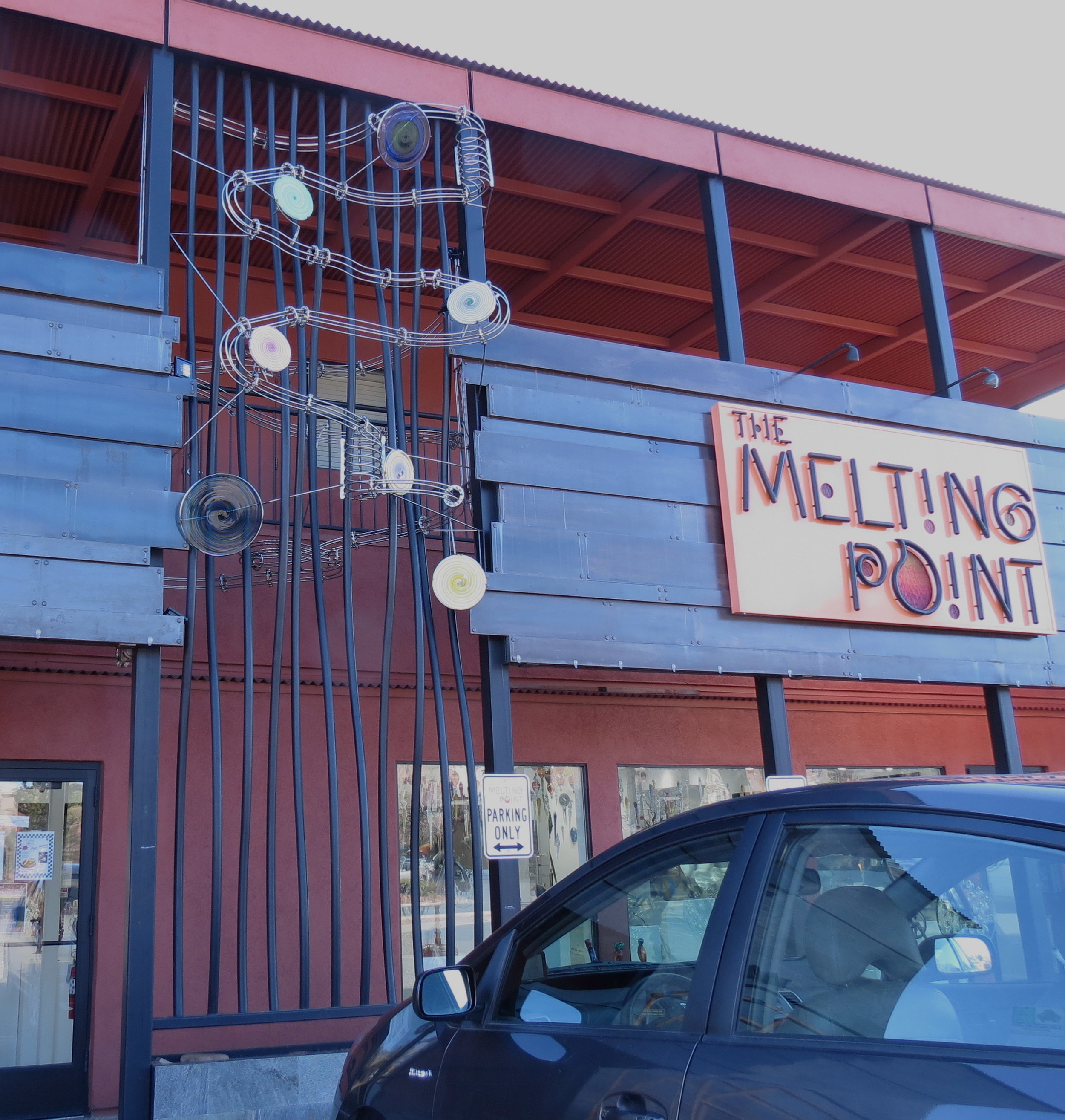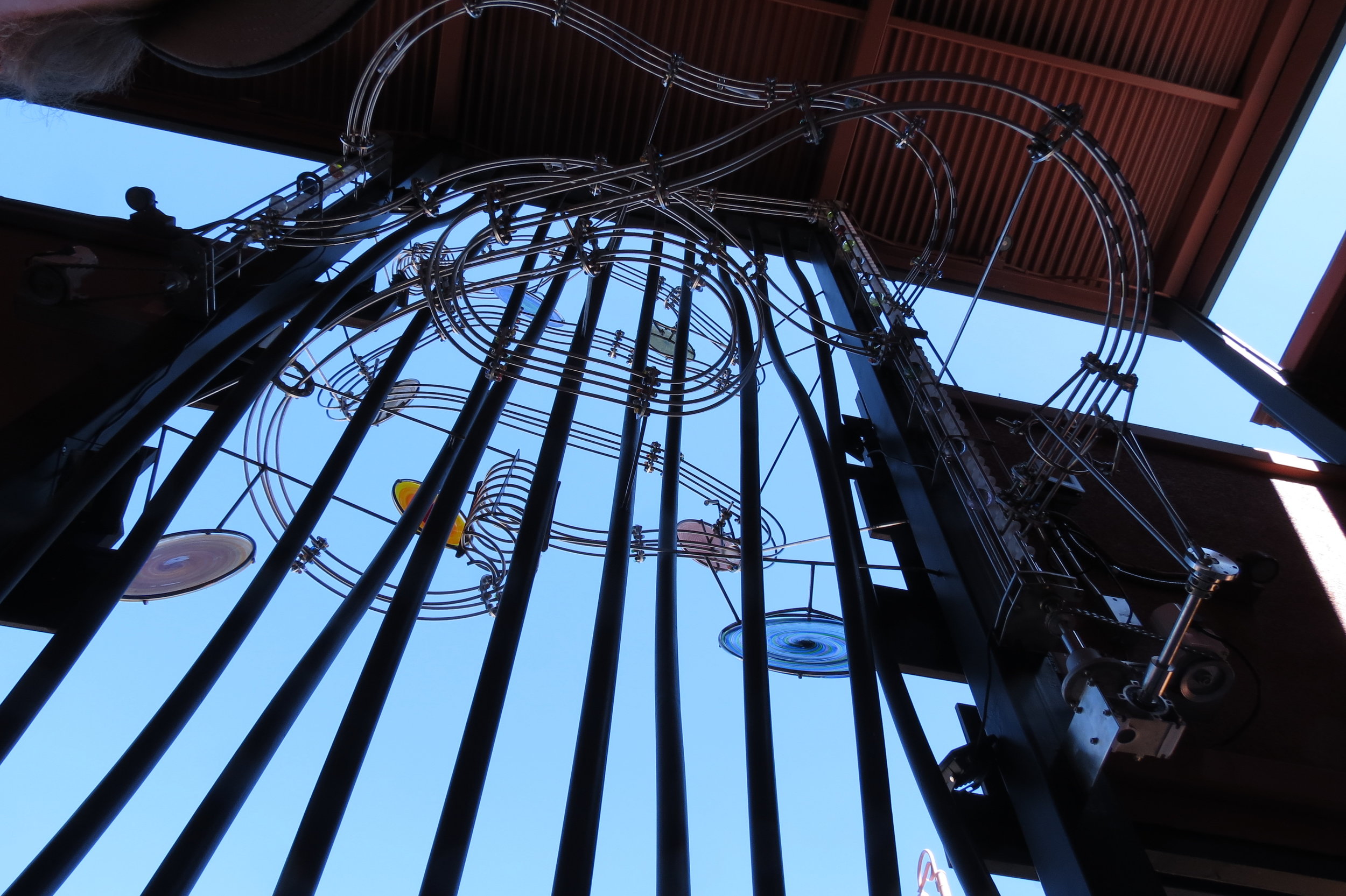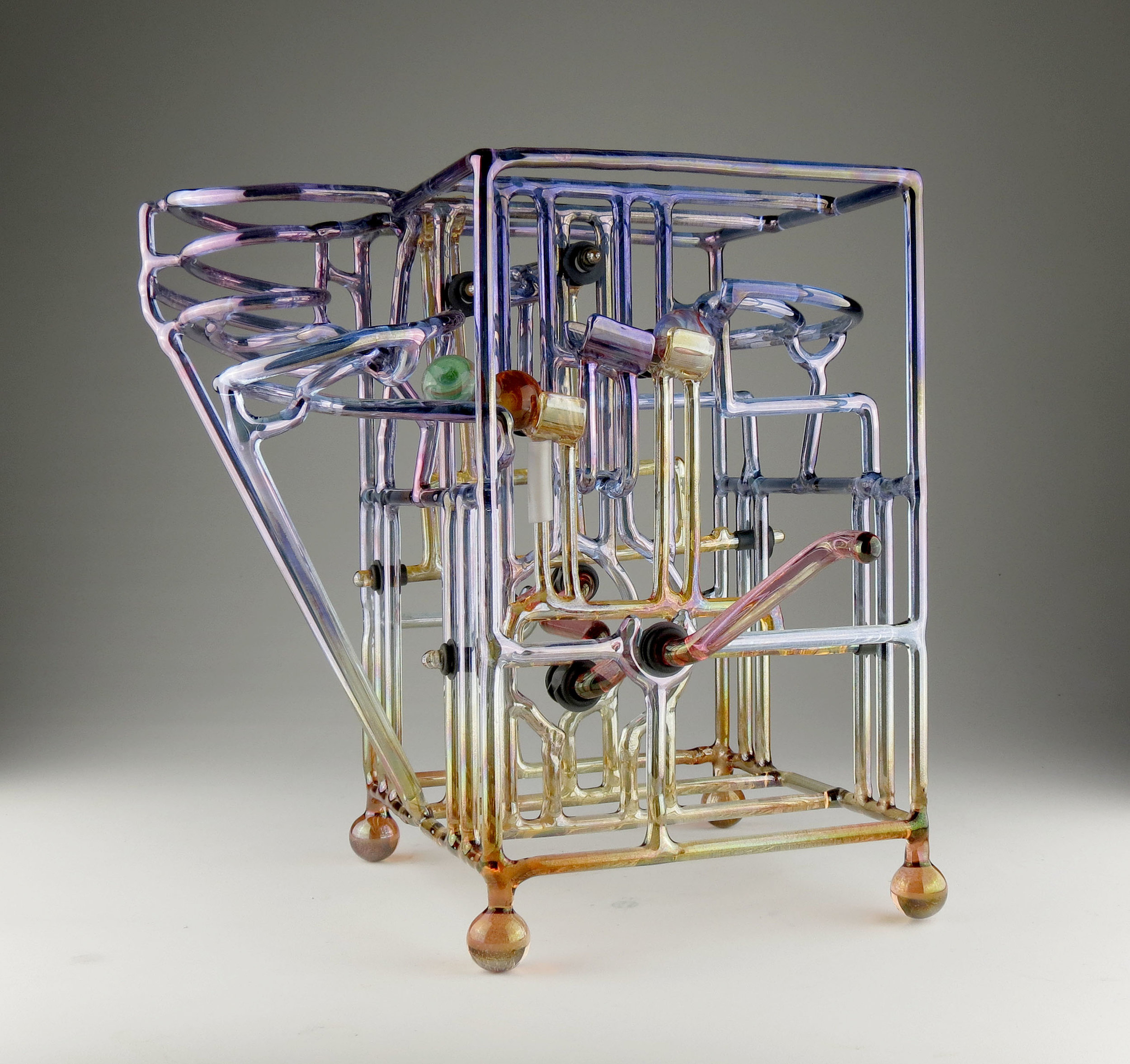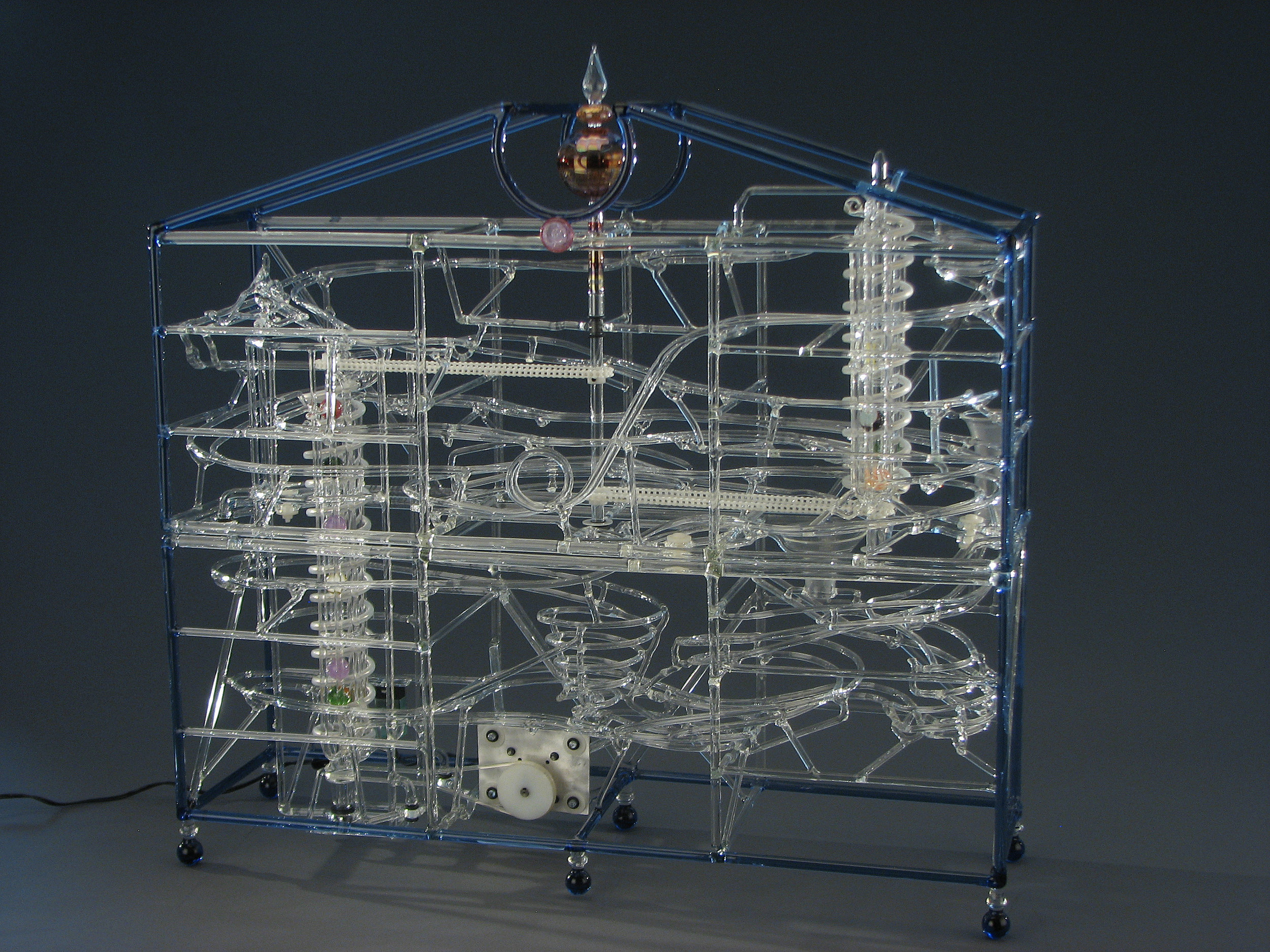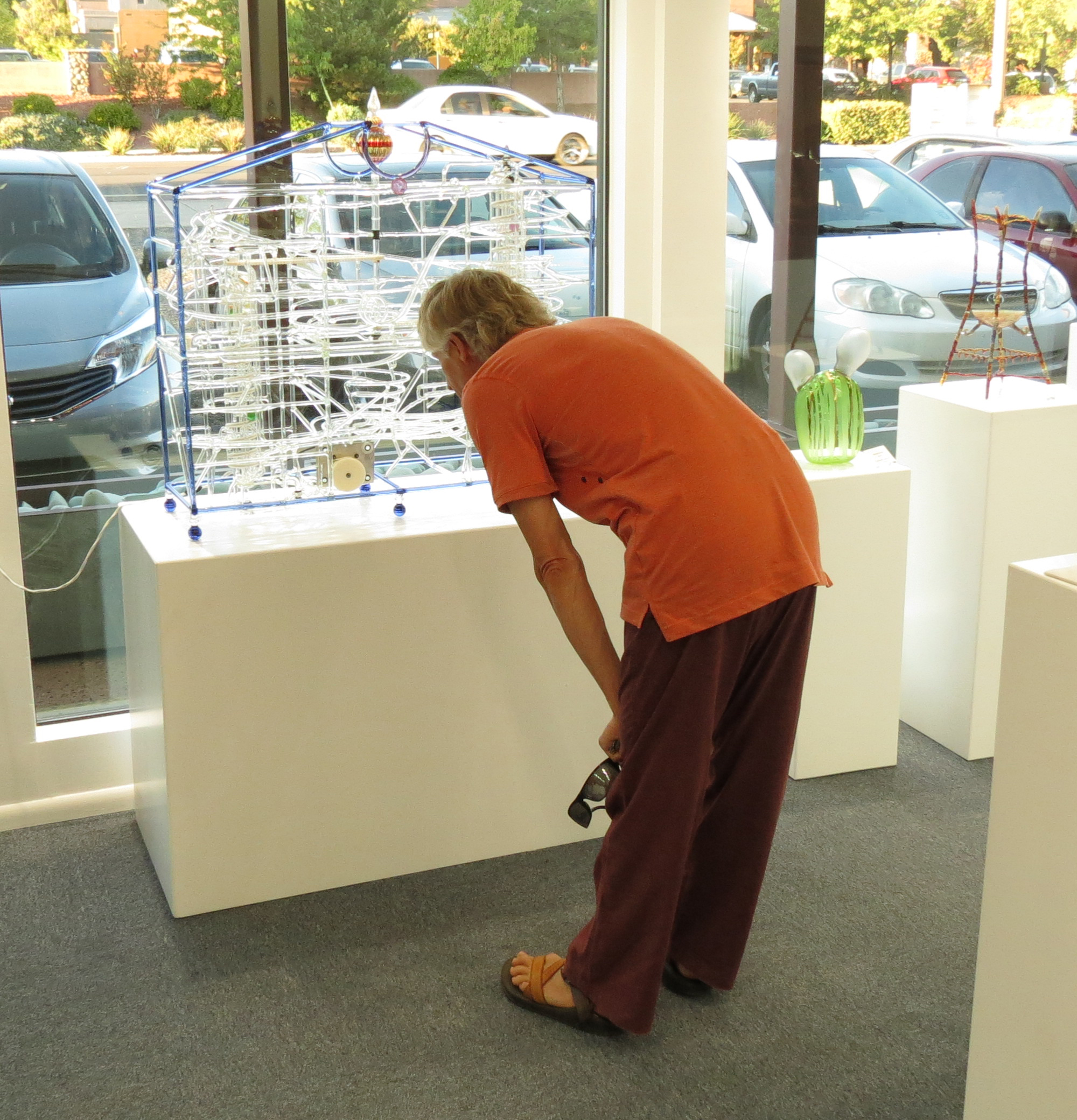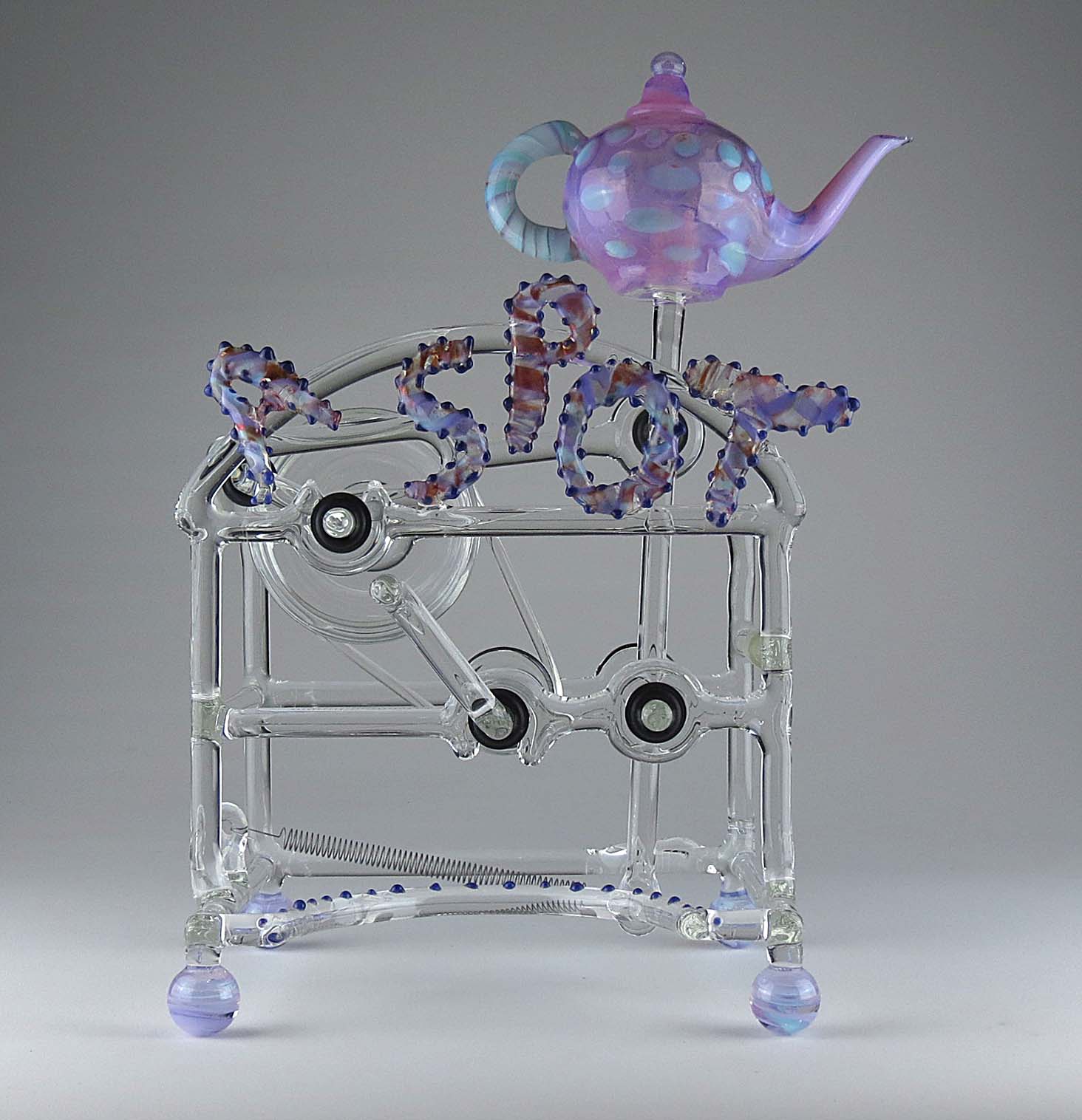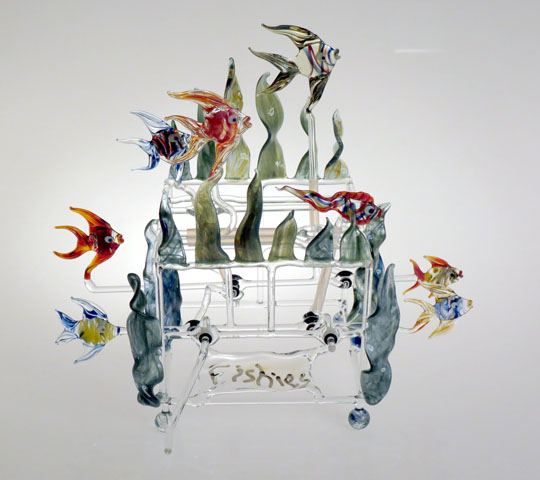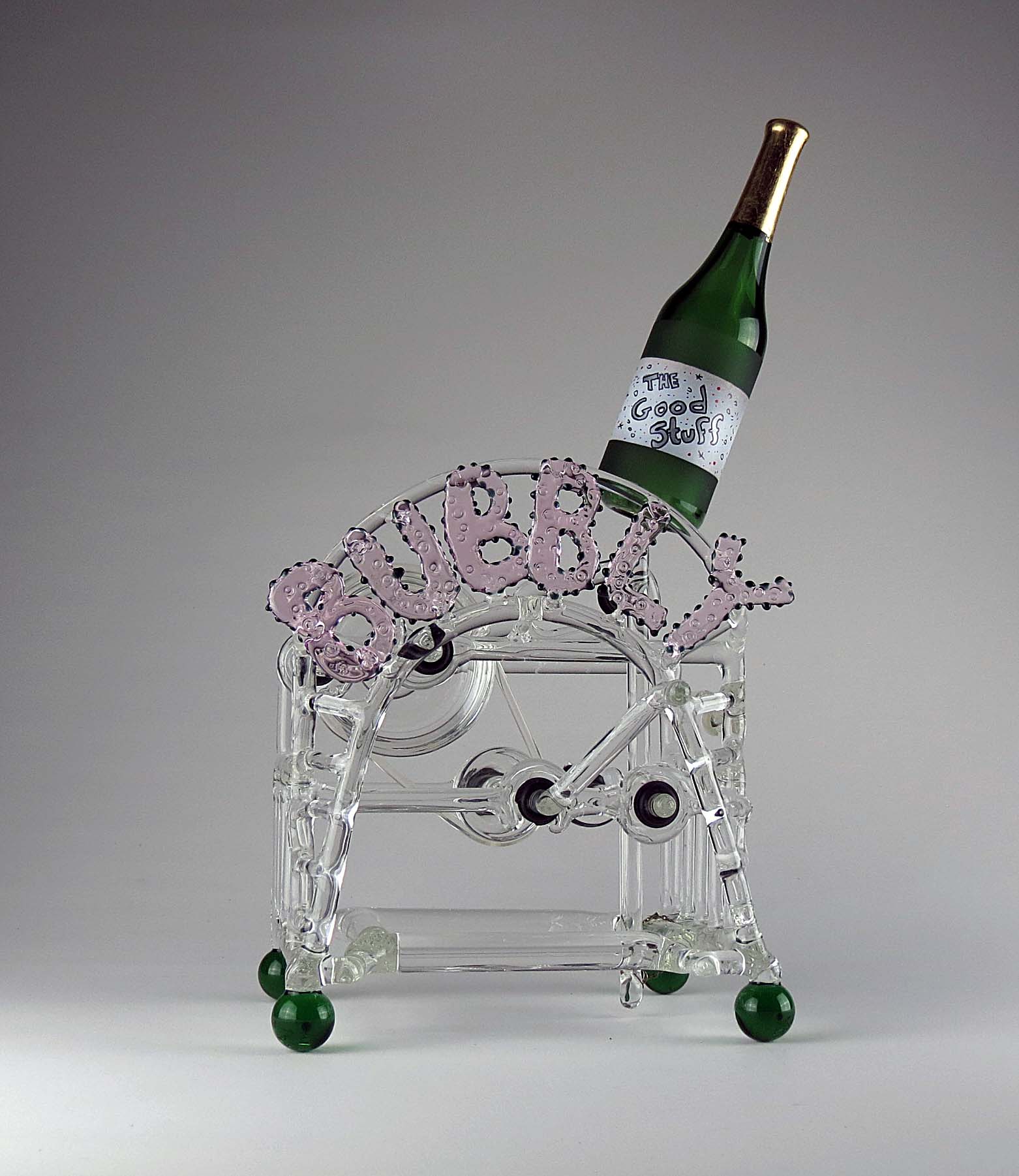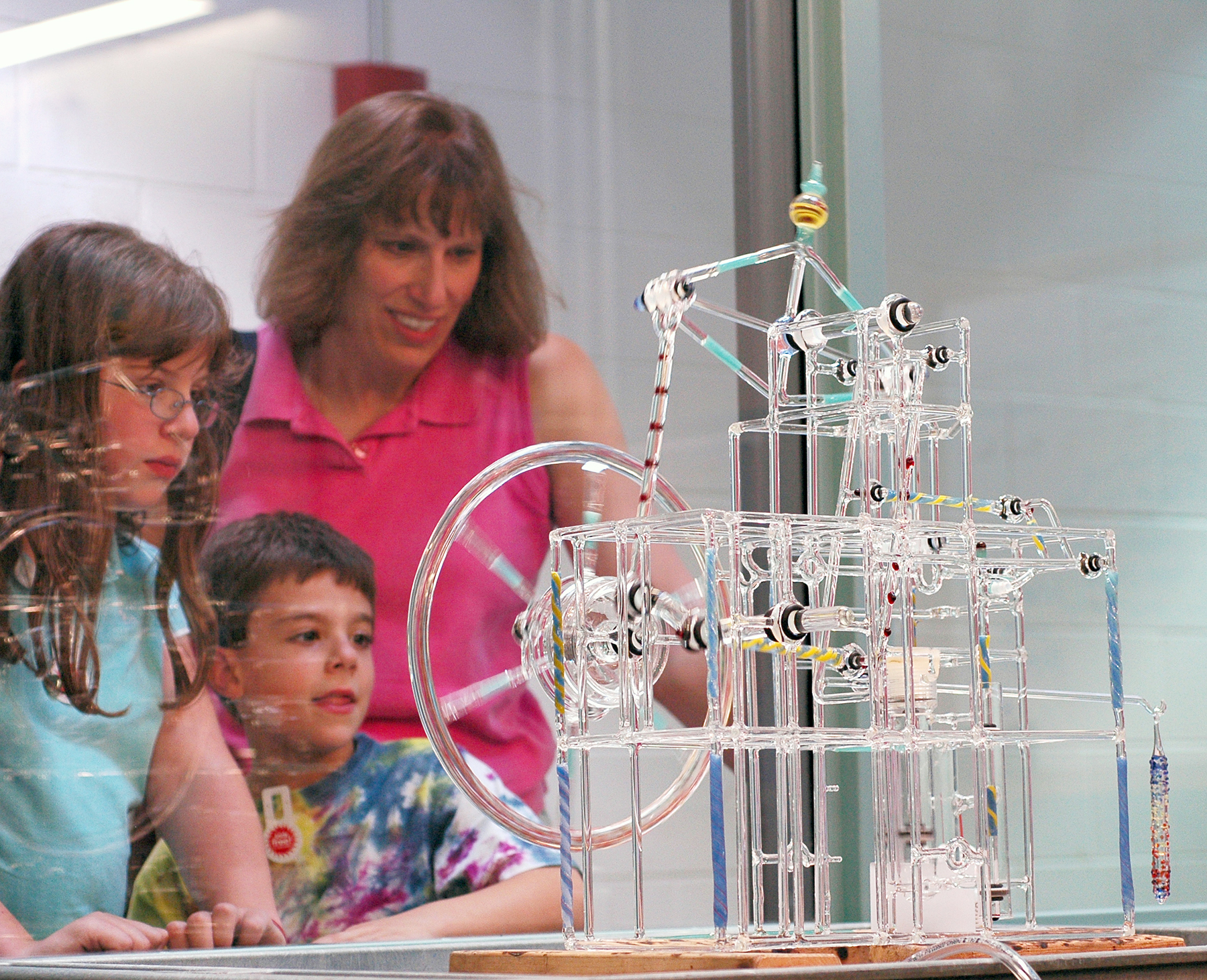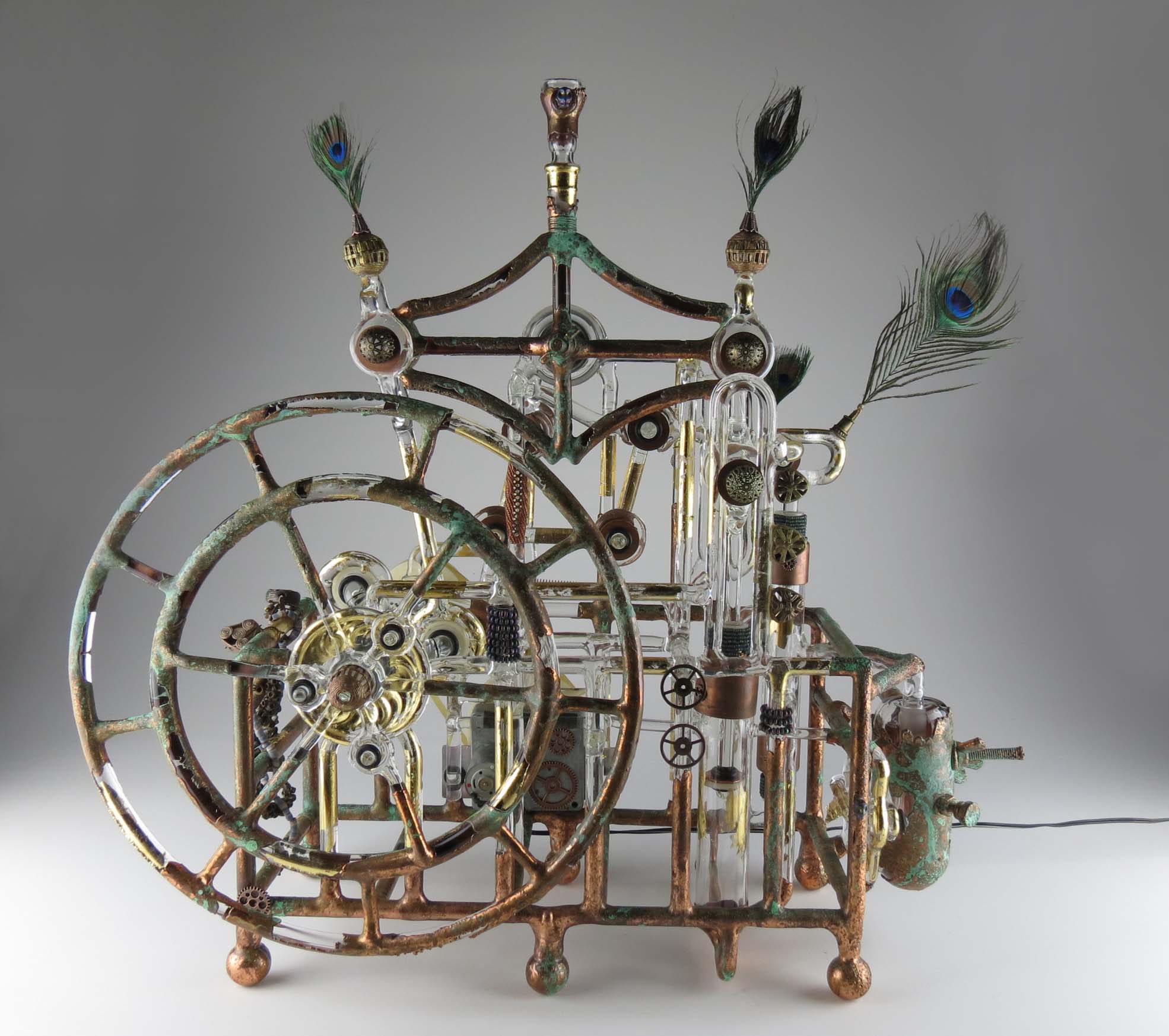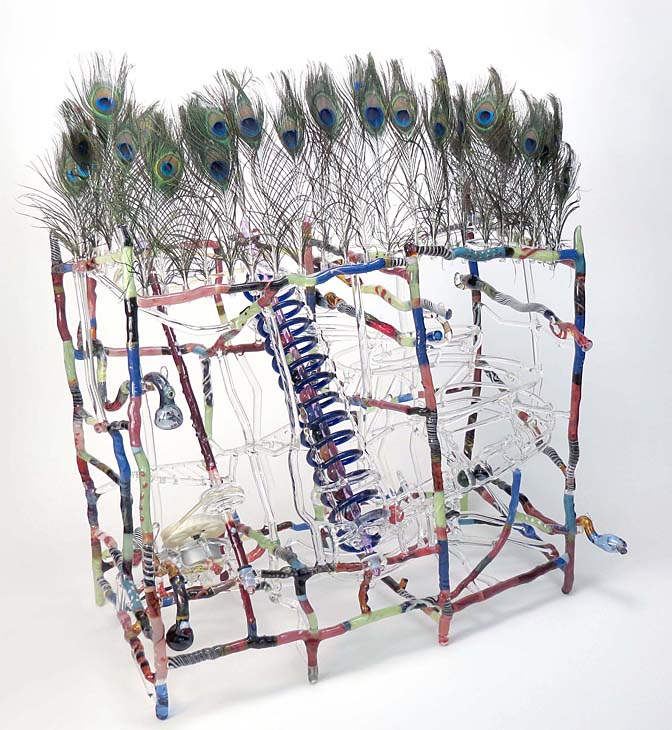Kinetic Sculpture
"As a kid, I always wanted to be a mad scientist or an alchemist. By fifteen, I had an extensive chemistry lab in my parents’ basement. Since the beakers at the hobby store were never cool-looking enough, I taught myself the basics of lampwork glassblowing. Later, I dropped out of Chemical Engineering at Princeton to become an artist.
Nature inspires me, the interplays between art and science always interest me, and glass merges these fields like no other material. After many years, fanciful steam engines and other kinetic sculptures represent a full turn of the circle, back to the colorful, magical mysteries that captivated my childhood self. He’s still in there, and he wants you to come play, too.
I think that people like watching kinetic gizmos with gears and pulleys and crankshafts because, in a paradoxical way, these machines re-connect us with Nature.
Our modern technology is so refined that its workings are beyond our perception. We cannot see with our eyes how a television or a cell phone works, and you can hardly fix anything on your own car anymore. The nuts-and-bolts of our technology hardly exist for us now—it is out of our grasp and increasingly revolves around microchips and wireless connections and the manipulations of molecular biology. No wonder we feel a little paranoid.
But when we watch a piston moving under the pressure of steam, and it makes a beam pivot on its axis, which pushes on a crank to turn a flywheel, we see something that we can understand (or at least that we might be able to figure out). Similarly, when we watch the miniature drama of a marble rolling down a track, we feel a bit of humanizing identification with the ups and downs of the little fella’s journey. The wit of simple mechanisms—even when combined into more complex machines, is comforting to the modern psyche."
